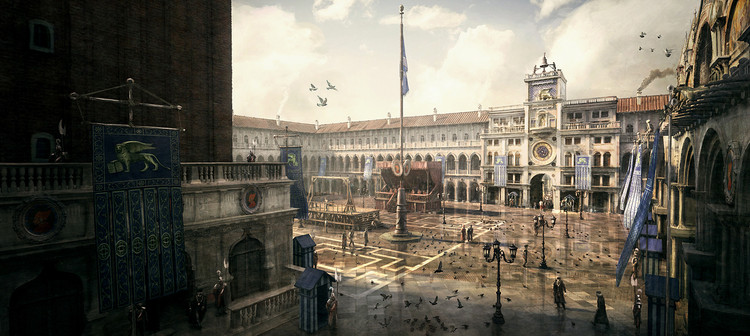
In this collaboration, the Spanish office Ecosistema Urbano analyzes the rise and fall of the shopping centers as an authentically American typology of the twentieth century and with commercial success in the rest of the world, although it does not undergo significant changes in "its spaces, solutions, and elements."
According to the authors, this typology is currently undergoing an inflection due to the new economic and urban paradigms that force them to reinvent themselves or die. They plan a series of revitalization strategies in a mall in the outskirts of Barcelona (Spain) that seeks their "reconfiguration through the introduction of new programs in an attempt to convert it into a much more public space, being able to attract users who would otherwise not come."
Full article after the break.














